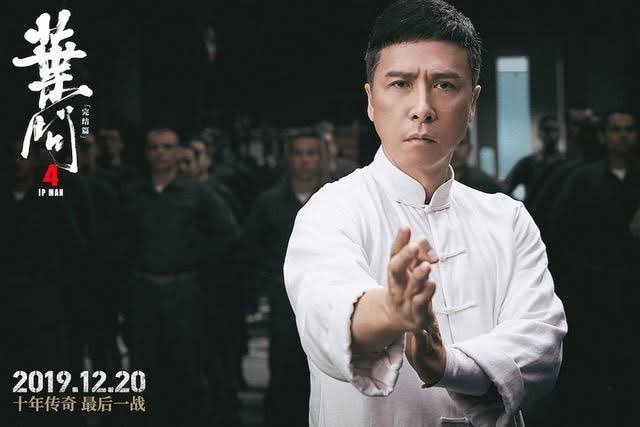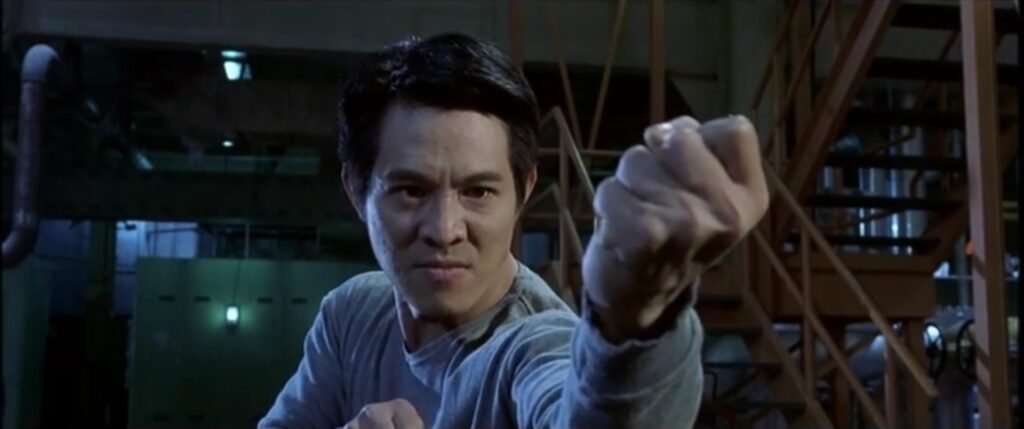China Kung Fu Experience Guide:
From Silver Screen Legends to Real Martial Arts Mastery
Did those iconic movie moments light your Kung Fu dream?
Your Kung Fu journey starts with one step... or one kick! 👣
China Kung Fu Experience Guide: From Silver Screen Legends to Real Martial Arts Mastery

Shaolin Temple in Mt. Songshan, Henan
Over 1,500 years ago, a legendary Indian monk named Bodhidharma arrived at the Shaolin Temple and began teaching a set of physical exercises to help the monks stay strong and healthy during long hours of meditation.
These humble movements laid the foundation for what would later become Chinese Kung Fu.
Today, here’s even a famous Chinese saying:“All martial arts under heaven originate from Shaolin.”
If you’re interested in Chinese kung fu, start by coming to the Shaolin Temple for an up-close view of a thrilling Shaolin kung fu performance.
Iron Body” Secrets: Watch monks break steel bars on their throats—no CGI, pure Qi energy!
Flying Monks: 12-foot-high flips without wires (Physics-defying? It’s 20 years of training!Twin hooks, drunken swords, and whips that crack like gunshots—all real, all deadly.
Pro Tip: Sit front-left! Staff often picks volunteers for “painless” pressure point demos.

Tai Chi on Wudang Mountain
Wudang Mountain is one of the most sacred sites of Taoism — China’s indigenous religion.
It is also known as the birthplace of Wudang Tai Chi, a martial art founded by the legendary Taoist priest Zhang Sanfeng during the late Yuan and early Ming dynasties. Over time, it spread among the people and evolved into multiple styles.
In 2020, Wudang Tai Chi was inscribed on the UNESCO Representative List of the Intangible Cultural Heritage of Humanity.
Rooted in the Taoist classic Dao De Jing, Wudang Tai Chi embraces the philosophy that “softness overcomes hardness.”
It emphasizes stillness over movement, redirecting force rather than confronting it, and achieving great results with minimal effort — a concept captured in expressions like “using stillness to overcome action” and “leveraging the opponent’s strength.”
Unlike some martial arts focused solely on combat, Wudang Tai Chi prioritizes health and internal cultivation, with martial application as a secondary goal.
The full system includes a 164-form long routine, along with traditional sword, staff, and other weapon techniques, blending grace, power, and spiritual discipline into a unique martial art tradition.

Wing Chun, a Chinese martial art that began as a form of self-defense for women.
Wing Chun is a traditional Southern Chinese martial art that originated during the late Qing Dynasty. Legend traces its roots to a female Shaolin monk, Ng Mui, who passed the system to a young woman named Yim Wing Chun — after whom the style was named.
Designed for practicality and efficiency, Wing Chun was later refined in Guangdong and Hong Kong, becoming one of the most influential Chinese martial arts globally.
Its rise to international fame is largely credited to Grandmaster Ip Man, who taught Wing Chun in Hong Kong during the mid-20th century. His most famous student, Bruce Lee, helped introduce Wing Chun concepts to the Western world.
Today, Wing Chun is practiced worldwide, known for its close-range combat techniques and deep philosophical principles.

Wing Chun emphasizes efficiency, simplicity, and directness in combat. It is a close-range fighting system that uses rapid punches, centerline control, and simultaneous attack and defense.
Movements are compact and economical, focusing on reflexes, timing, and structure rather than brute strength.
Key forms include Siu Nim Tao (Little Idea), Chum Kiu (Seeking Bridge), and Biu Jee (Thrusting Fingers), each developing different aspects of body mechanics and energy flow.
Wing Chun also incorporates Chi Sau (Sticky Hands) training, which sharpens sensitivity and coordination through continuous partner drills. Traditional weapons, like the butterfly knives and long pole, are taught in advanced stages.
Wing Chun’s adaptability, logical structure, and real-world effectiveness make it a highly respected martial art for both self-defense and personal development.
Xing Yi Quan – a unique and ancient martial art that mimics the movements of animals such as the snake, tiger, and crane.
Xing Yi Quan, often translated as “Form and Intention Boxing,” is one of the oldest internal martial arts of China. Rooted in both Daoist philosophy and traditional military combat, it is said to have been systematized during the Ming and Qing dynasties, with General Yue Fei sometimes credited as its legendary originator.
Unlike the flowing, circular movements of Tai Chi, Xing Yi is known for its direct, linear strikes and explosive power. The name reflects its essence: Xing (form) refers to mimicking animal shapes, while Yi (intention) emphasizes the mind’s control over movement.
Originally developed for battlefield effectiveness, it later evolved into a refined martial art that also cultivates internal energy and physical health.

Xing Yi Quan is built upon five core elemental fists—splitting, drilling, crushing, pounding, and crossing—each representing an element from Chinese philosophy.
It also incorporates twelve animal forms, including dragon, tiger, and eagle, blending ferocity with internal focus. Movements are fast, powerful, and driven by intent, with no wasted motion.
A key principle is to “strike with the whole body as one unit,” generating force from the ground up. Practitioners train for both combat efficiency and internal cultivation, balancing hardness and softness.
Compared to other internal arts, Xing Yi is the most aggressive and straightforward, making it both a practical self-defense system and a deep practice in body-mind harmony.
Kung Fu Is for Everyone
You might be wondering, “Can I learn Kung Fu?”
The answer is absolutely yes!
You don’t need to be a superhero to start. Beginners usually start with simple stances (like the horse stance) and basic punches. It’s like playing a game that improves your focus and balance. Over time, you’ll feel stronger, more confident, and maybe even cool enough to show off a move or two.
The Charm of Kung Fu
In the end, Kung Fu is more than just martial arts—it’s a way of life.
It teaches you how to face challenges and find peace within yourself. It’s mysterious yet inviting, traditional but modern, and it offers something for everyone, from kids to adults.
So next time you watch a Kung Fu movie and see those epic fight scenes, try mimicking a move or two. You might discover that Chinese Kung Fu isn’t as far away as it seems.
Ready to unleash your inner Kung Fu master?
